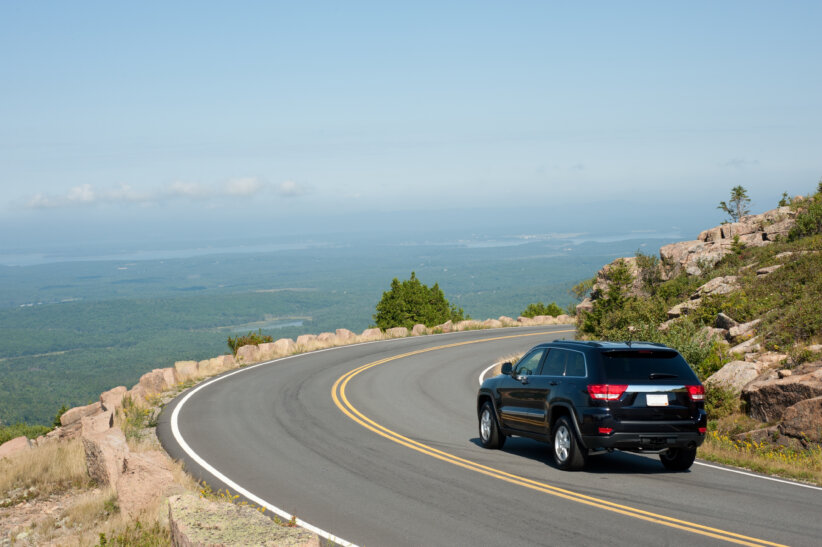Family F.Y.I.
NEVER Leave Your Child Alone in a Car!
According to Safe Kids USA, a nonprofit safety organization, a child can die of heat stroke in a car when the weather outside is a mere 72 degrees! That’s because a child’s body can heat up five times faster than an adult’s. And the temperature inside a car can rise some 20 degrees in just 10 minutes. That means on a 90 degree day the inside of a closed car can reach 110 degrees in minutes – the amount of time you might need to get cash at the ATM or pick up a prescription at the pharmacy.
It can happen! Safe Kids reports that since 1998 more than 500 children have died of heat stroke when left unattended in cars or trucks. So, never leave a child alone in a car – and don’t fool yourself, leaving the windows cracked open is no help. This is so serious Safe Kids advises adults to call 911 immediately if you see a child alone in a parked car.
– Jean Sheff
I Am Happy!
Sukey Molloy, known to many families as the effervescent performer who performs throughout the tri-state area, has released a new CD, I Am Happy! The 40-minute CD includes 18 upbeat tunes sung by Molloy in her clear, crisp, gentle voice. Recorded and mixed in Valley Cottage, N.Y., the CD can be purchased online at www.sukeymolloy.com, where you will also find free mini-videos, recorded music and downloadable coloring pages. Be sure to check the website’s Event tab to find out exactly where Molloy is teaching and performing.
– Jean Sheff
The New ABC’s of Sunscreen
When shopping for sunscreen this summer, you may have noticed some new wording on the labels. Last year, the FDA ruled that manufacturers must change their labeling to more accurately detail the protection their products provide.
“With the rates of skin cancer rising so quickly, it is important that consumers get the protection they expect when buying and applying sunscreen,” notes Melissa Burnett, M.D., a pediatric dermatologist at Massachusetts General Hospital, who says she was glad to hear of the FDA’s requirement.
The label changes may cause more confusion than expected, however. The deadline for enacting the changes was slated for June 18, but the FDA recently approved a delay in compliance until the end of this year. So, with some new labels already making their debut and others still showing the old terms, it’s important to understand what the label changes mean.
The FDA mandates that the new labels include the following information:
• Broad Spectrum – Sunscreens now undergo testing to ensure they protect against both UVA rays, which cause premature aging and wrinkles, and UVB rays, which cause sunburns. Both UVA and UVB rays are responsible for skin cancer. Unless noted, sunscreens that do not say “Broad Spectrum” only protect against UVB rays.
• Water-Resistant – “Waterproof,” “Sweatproof” and “All Day Protection” are no longer usable claims; all sunscreen washes off. Labels will also need to specify water-resistance of either 40 or 80 minutes – after which time you must reapply.
• Realistic SPF Ratings – Where we used to see SPF 100 or even 100+, new labels will max out at SPF 50+. There is no data indicating that an SPF over 50 provides any additional sun protection.
For now, according to the American Academy of Dermatology (AAD), sunscreen without the new labeling is OK to use, provided it has a minimum of 30 SPF and clearly indicates protection against UVA and UVB rays. Despite former packaging claims, however, never consider sunscreen waterproof, and always reapply after swimming, sweating or toweling off.
The AAD also recommends wearing long sleeves, pants, a wide-brimmed hat and sunglasses to further increase your protection. Keep in mind, Burnett adds, “Aside from the obvious health benefits for parents, it is important for parents to model good sun protection for their children.”
– Katherine Wood









